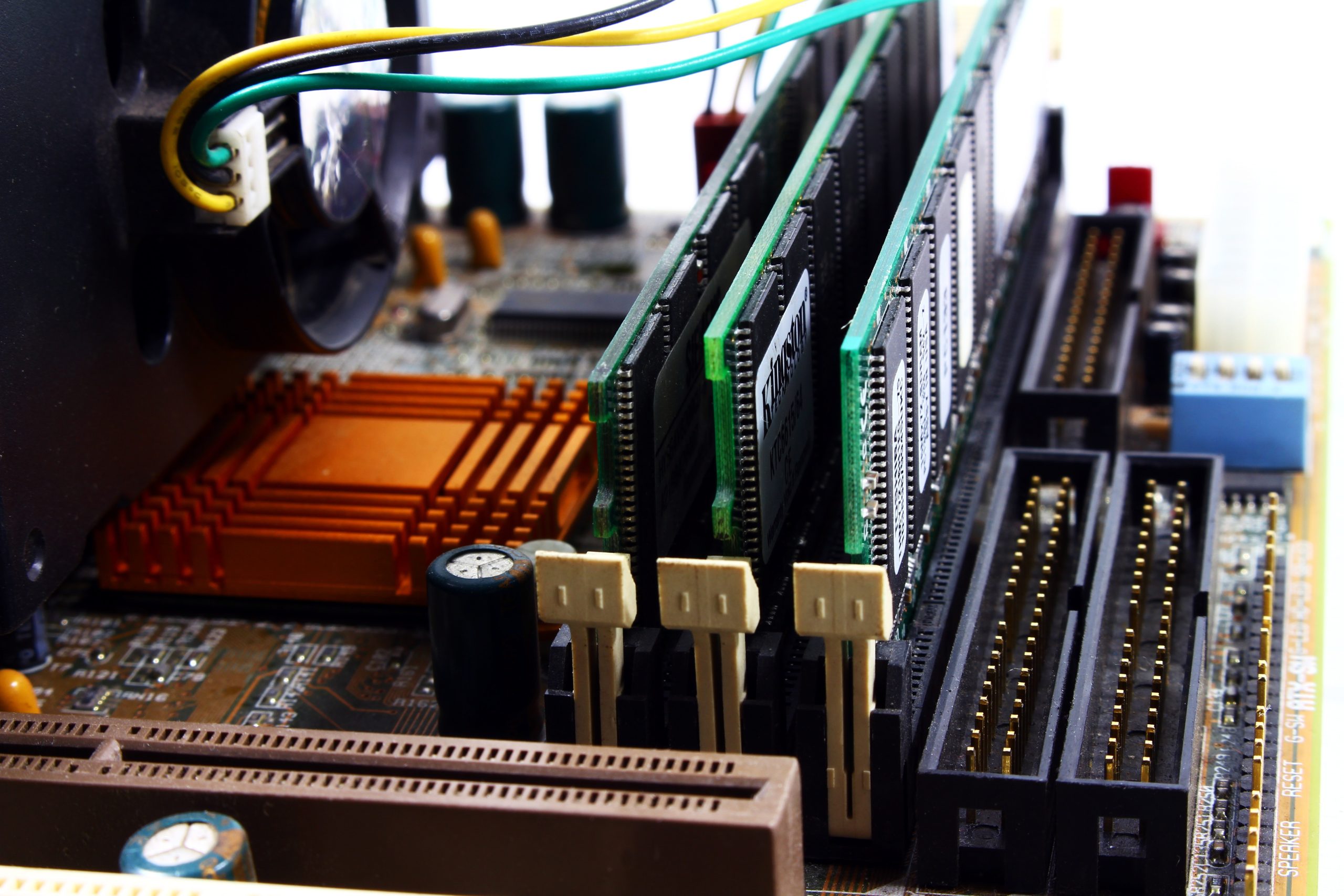Multifactor Authentication (MFA) is a crucial security measure in today’s digital landscape, providing an additional layer of protection beyond passwords. Its origins can be traced back to a time when the need for stronger authentication methods became apparent. In this article, we’ll embark on a historical journey to discover when Multifactor Authentication first emerged and how it has evolved over the years.

Early Roots (1960s – 1970s)
The concept of using multiple factors for authentication dates back to the early days of computing. In the 1960s and 1970s, mainframe computer systems often utilized physical tokens, known as “hardware keys” or “dongles,” in addition to passwords. These devices generated one-time codes that users had to enter along with their password to gain access.
Smart Cards and Tokens (1980s – 1990s)
During the 1980s and 1990s, smart card technology began to emerge. Smart cards are credit-card-sized devices embedded with a microprocessor chip capable of storing and processing data. They became a popular choice for MFA due to their portability and ability to generate dynamic authentication codes.
Additionally, physical tokens continued to evolve. They became smaller, more affordable, and capable of generating time-based codes that synchronized with a server’s clock.
Biometric Authentication (1990s – 2000s)
The late 1990s and early 2000s saw the rise of biometric authentication methods. Biometrics utilize unique physical or behavioral traits, such as fingerprints, iris patterns, or voice recognition, for identity verification. This technology offered a more seamless and secure means of authentication, as it relied on individual physiological characteristics.
SMS-Based Authentication (2000s – 2010s)
As mobile phones became ubiquitous, Short Message Service (SMS) was leveraged for multifactor authentication. This method involved sending a one-time code to a user’s mobile device, which they would then enter alongside their password. While convenient, SMS-based authentication has faced some security concerns, including SIM card swapping attacks.
Time-Based One-Time Passwords (TOTP) (2000s – Present)
Time-Based One-Time Passwords (TOTP) gained popularity in the 2000s. TOTP systems generate one-time codes based on a shared secret and the current time. These codes are typically valid for a short duration, providing an added layer of security. Popular implementations include Google Authenticator and similar apps.
Push-Based Authentication (2010s – Present)
In recent years, push-based authentication methods have gained traction. With this approach, a notification is sent to a user’s registered device, prompting them to approve or deny access. This method offers a seamless user experience and a high level of security.
Hardware Tokens and FIDO (2010s – Present)
Hardware tokens have continued to evolve, with newer options like Universal 2nd Factor (U2F) tokens, which are part of the Fast Identity Online (FIDO) Alliance’s efforts. U2F tokens provide a secure means of authentication, and they are resistant to phishing attacks.
Biometric Advancements (2010s – Present)
Advancements in biometric technology have led to more sophisticated methods of authentication. Facial recognition, in particular, has seen significant progress, with companies like Apple and Microsoft incorporating it into their devices.
The Future of Multifactor Authentication
Looking ahead, we can expect further advancements in MFA technology. These may include:
– Behavioral Biometrics: Analyzing patterns of behavior, such as typing speed and mouse movements, for authentication.
– Continuous Authentication: Using ongoing signals to verify a user’s identity, rather than relying on a single interaction.
– Machine Learning and Artificial Intelligence: These technologies will likely play a role in enhancing MFA by detecting anomalies and potential security threats.
In conclusion, Multifactor Authentication has come a long way since its early days of hardware keys and tokens. The constant evolution of technology and the increasing sophistication of cyber threats continue to drive the development of more robust and secure authentication methods. As MFA continues to advance, it will play an increasingly critical role in safeguarding our digital identities and assets.



